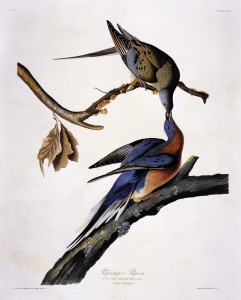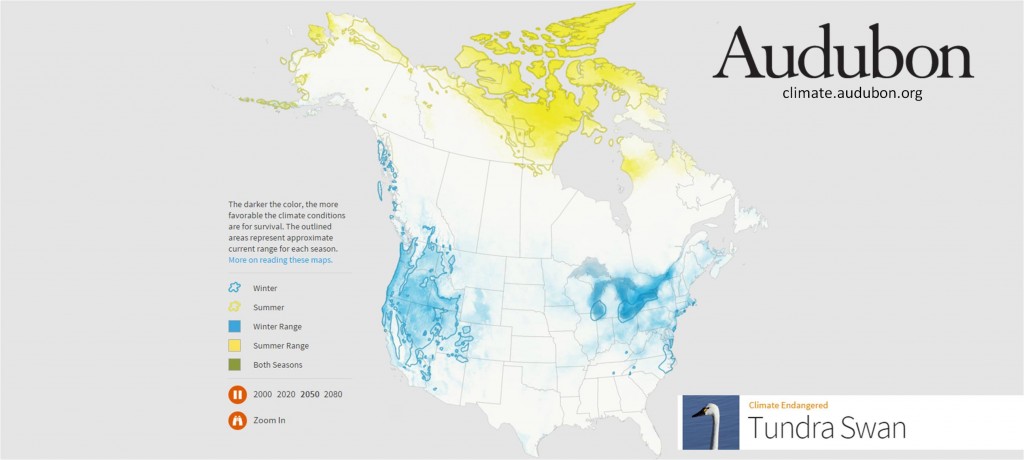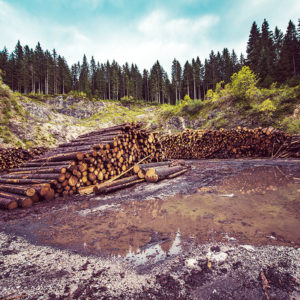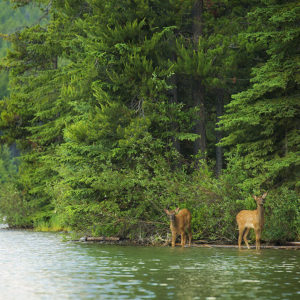Birds and Climate: The Audubon Birds and Climate Report Explained
The plight of the Passenger Pigeon is a well-known story. In half a human lifetime, these once abundant birds went from billions to being extinct. Flocks used to blot out the sun for hours in their migratory flocks of many kilometers in length. The last of these wild pigeons was believed to be shot in 1902. On September 1st, 1914 the very last of the species, dubbed “Martha”, died at the Cincinnati Zoo, marking the extinction of this bird.
On the 100th anniversary of the Passenger Pigeon’s extinction, The National Audubon Society released The Audubon Birds and Climate Report. This report aims to predict the future for 588 of North America’s birds based on a changing climate. The report refers to climate ranges. A species’ climate range is the area that has the ideal climate conditions for that particular species to thrive.
As our planet’s climate alters these ‘climate ranges’ will change. In the Birds and Climate Report the National Audubon Society has used climate data and current trends to predict how these areas could change over the next 60 years. These predictions suggest how the ideal climate ranges will shift with changing precipitation and temperature patterns.
The species’ climate ranges used in this report are based on citizen scientist data collected over 30 years through the North American Bird Survey, Christmas Bird Count, and eBird records. The National Audubon Society then compared this data with internationally recognized greenhouse gas emissions scenarios to create the predictions of where the climate ranges could be in the next 60 years.
Of the 588 birds that were studied, 314 (53%) of them are predicted to lose more than half their climate range by 2080 and it’s possible that 126 (21%) could lose that amount in just the next 30 years. The overall effect of the change in climate is expected to be a northward shift in climate ranges for many species, and an upward shift in elevation for alpine species. Even though the move north may open up more climate range for some species, for many species which rely on northern habitats or high altitudes, there will be no where to shift to.
Take the tundra swan for example; its breeding range is in the northern parts of Nunavut and Northwest Territories. When the climate range is pushed north, the swan’s range will be in the Arctic Ocean, a decidedly difficult breeding ground for this ground nester. A similar outcome could be applied to alpine species which have even fewer options.
Climate is only one feature of an area which makes it liveable for a species. Birds also take into account the habitat type, food availability, and if there are predators. Human influences such as roadways, cities, and industrial practices can also affect where birds are able to live.
If we have an idea of where birds will need to move in the future as the climate changes, we can make plans for what areas to protect so this habitat is available for them in the future. This idea is precisely what the Birds and Climate Report aims to address. By describing how a species’ preferred climate range could change location if existing trends continue, the report provides crucial information on where conservation efforts should be focused. While this report gives us amazing data that allows us to predict where birds might end up in the next 60 years, nothing is certain. It also underlines the value of maintaining and protecting our Important Bird Area (IBA) network. IBAs are a critical network of sites for numbers species of birds and other wildlife.
A major theme of this report is the need to keep common birds common at the same time as we work to recover at risk populations. Many more species could be threatened in the coming decades, and it is easier to maintain healthy populations than to recover species at the brink of extinction.
On the Audubon website, there is a summary of each of the species’ projected range shifts in the form of an animated map and Venn diagrams. For a guide on how to interpret these diagrams, please click here. To find information on a specific bird, please visit climate.audubon.org
Check back in the coming weeks as we focus on how the ever changing climate will affect the future of Canadian birds from our backyard favourites to little known treasures, and Canadian icons.





